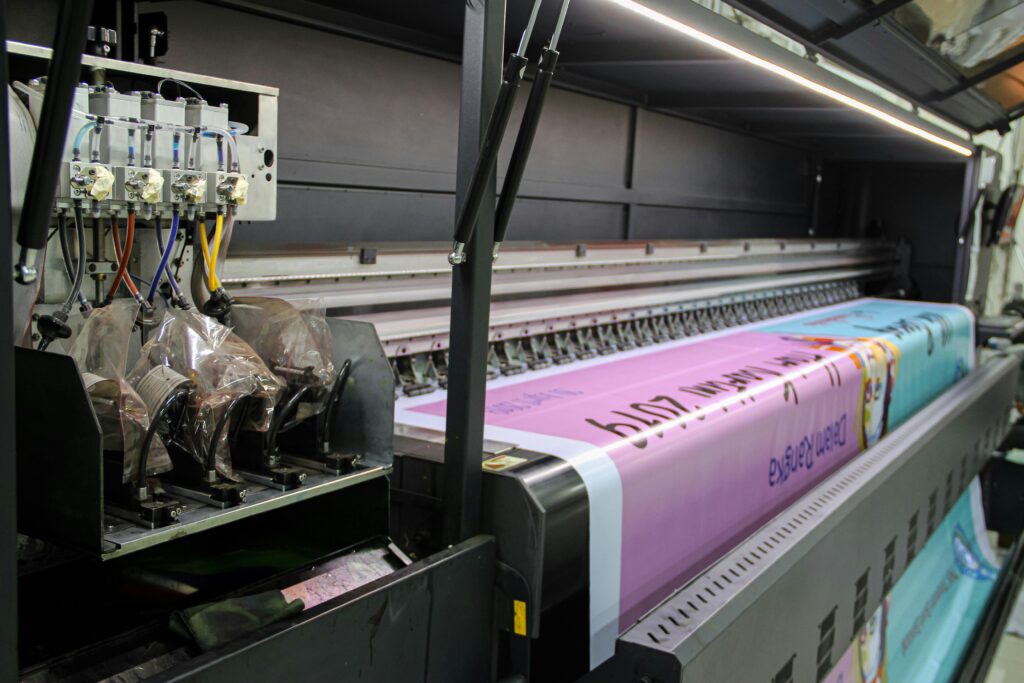How to effectively design and manage graphics for events with multilingual audiences
Designing graphics for multilingual events can be a complex yet rewarding task. The goal is to create visuals that communicate effectively across different languages and cultural contexts while maintaining a cohesive and engaging experience. Here’s a comprehensive guide on how to handle the challenges and best practices for designing graphics for events with diverse linguistic needs.
1. Understand Your Audience
Identify Language Needs
- Audience Analysis: Determine the primary languages spoken by your attendees. This will guide you in deciding which languages to include in your graphics.
- Regional Variations: Be aware of regional dialects and variations within languages. For instance, Spanish used in Spain can differ significantly from that used in Latin America.
Cultural Sensitivity
- Cultural Context: Understand cultural nuances and preferences related to language and imagery. Different cultures may interpret colors, symbols, and design elements differently.
- Avoid Misunderstandings: Ensure that translations are accurate and culturally appropriate to avoid any miscommunications or offenses.
2. Plan for Multilingual Content
Design Layouts with Flexibility
- Space Allocation: Allocate ample space for text in different languages. Some languages, like German or Russian, may require more space than others.
- Responsive Design: Ensure that your design can adapt to various text lengths without compromising the visual appeal.
Choose the Right Fonts
- Legibility: Select fonts that support multiple languages and scripts. Make sure they are legible and clear in different sizes.
- Compatibility: Ensure that the chosen fonts are compatible with the various character sets required for different languages.
3. Ensure Accurate and High-Quality Translations
Professional Translation Services
- Hire Experts: Use professional translation services to ensure accuracy and cultural relevance. Automated translation tools may not always provide contextually appropriate results.
- Proofreading: Have translations reviewed by native speakers to ensure correctness and natural phrasing.
Consistency in Terminology
- Standardization: Use consistent terminology and phrasing across all languages to maintain clarity and coherence.
- Glossaries: Create a glossary of key terms to ensure uniformity and accuracy in translations.
4. Design for Accessibility and Usability
Clear Visual Hierarchy
- Prioritize Information: Ensure that the most important information is easily accessible and prominent in all languages.
- Visual Consistency: Maintain a consistent visual style across different language versions to reinforce branding and messaging.
Interactive Elements
- Multilingual Support: If your event includes digital or interactive elements, ensure they support multiple languages seamlessly.
- User Experience: Test interactive elements with users from different linguistic backgrounds to ensure a smooth and intuitive experience.
5. Address Design Challenges
Balancing Aesthetics with Functionality
- Visual Harmony: Strive to balance aesthetic appeal with functional requirements, such as accommodating various text lengths and maintaining a clean design.
- Cultural Adaptation: Adapt visuals to align with cultural preferences while keeping the overall design consistent.
Managing Layout Changes
- Flexible Layouts: Use flexible layouts that can adjust to different text sizes and orientations without disrupting the design.
- Mockups and Testing: Create mockups of multilingual designs and test them to ensure that the layout works well with all languages.
6. Maintain Consistent Branding
Unified Design Elements
- Brand Identity: Ensure that all multilingual graphics align with your event’s branding and visual identity. This includes using consistent colors, logos, and design elements.
- Brand Guidelines: Develop brand guidelines that include multilingual considerations to maintain coherence across all materials.
Regular Updates
- Ongoing Review: Regularly review and update your graphics to reflect any changes in branding or messaging.
- Feedback Loop: Gather feedback from attendees about the effectiveness of the multilingual graphics and make improvements as needed.
7. Implementation and Logistics
Printing and Production
- Quality Control: Ensure that all printed materials are of high quality and that translations are correctly applied.
- Multilingual Signage: For physical events, produce signage and materials in all required languages, and place them strategically for easy accessibility.
Digital Platforms
- Web and Mobile Design: For digital events, ensure that your graphics are optimized for various devices and screen sizes. Test multilingual content across different platforms to ensure compatibility.
- Localization: Consider localizing digital content to cater to regional differences and preferences.
EventGraphics is here to help you navigate the complexities of designing graphics for multilingual events. Our expertise ensures that your visuals effectively communicate across diverse linguistic and cultural contexts, enhancing the overall attendee experience.
EventGraphics – The Event Graphic Specialists is committed to delivering exceptional graphics that resonate with all your attendees, regardless of language. Contact us today to learn how w

